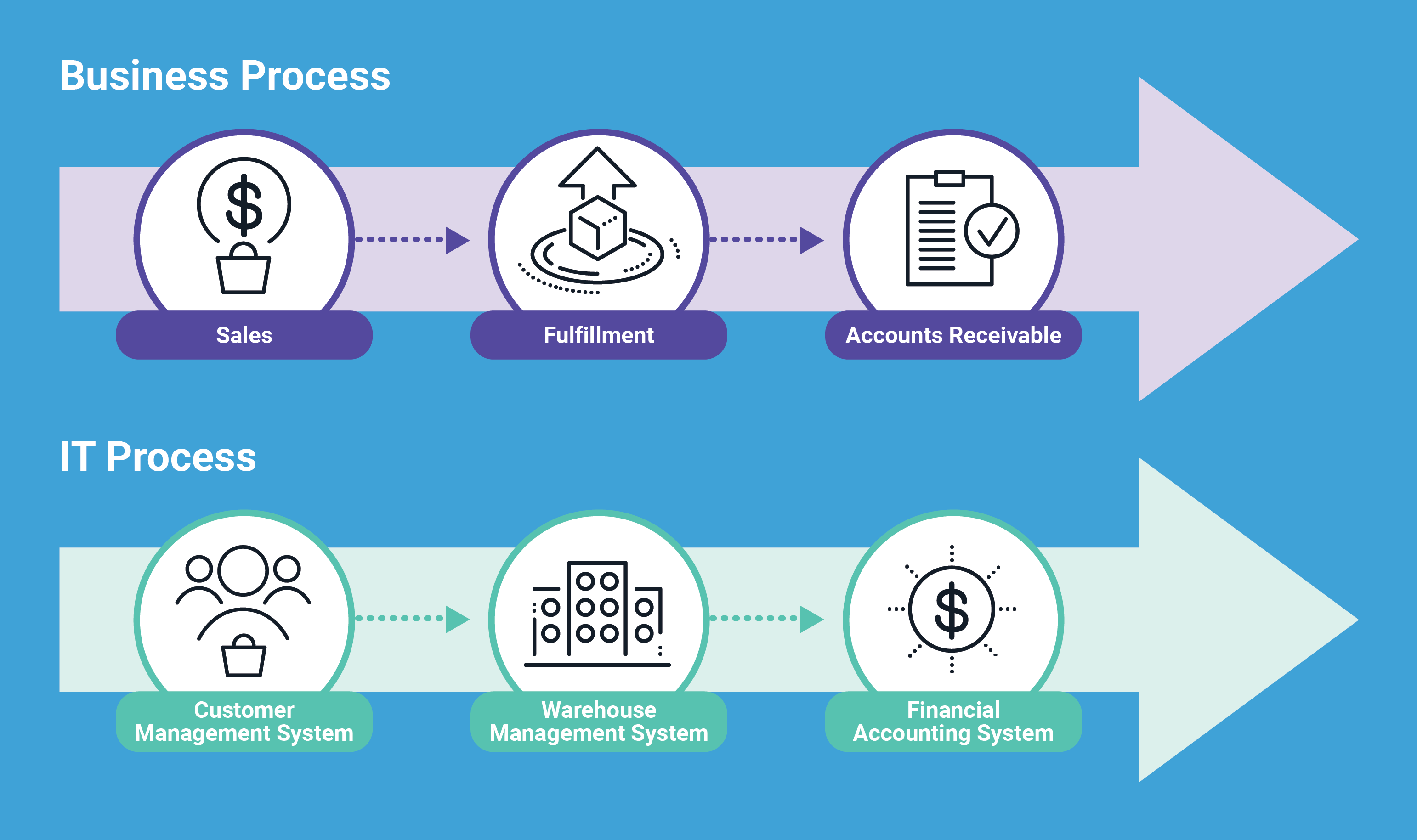Self-Service to Managed Service: Which Integration Strategy is Best for Me?

It's Time to Get Agile
Get Agile is a technology-centered blog from Cleo. Bringing a product-management perspective to a wide variety of content, Get Agile is bound to engage and get you thinking about the ways integration professionals enable their ecosystem. Cleo's contributing team will cover topics as wide-ranging as solution road-mapping, expert tips on how to better leverage integration technology, the art and science of product management as well as agile development principles, and of course market trends that look to continue to shape how businesses like yours interact across ecosystems.
***
Integration is Challenging from an Organizational Perspective
In many organizations, integration requires a specialized skillset often the domain of a specialized team. It doesn't fit neatly into many traditional IT departments such as infrastructure, desktop, or application development. The integration team is responsible for connecting applications, data, and business partners, utilizing tools that are unique to solving integration challenges. Many larger organizations have built out integration centers of excellence (CoE) to provide this specialized capability. This includes both the development of integrations as well as the operation.
In larger organizations, these CoE teams are staffed with individuals with skills in integrating applications using technologies such as SOAP and REST, specialists in data mapping tools to translate between complex data formats such as EDI and XML schemas, and others with deep knowledge of the source and destination applications. Additionally, operations teams with knowledge of applications, data formats, and data protocols exist to ensure all integrations are operating correctly and to quickly troubleshoot problems. And it is from this combination of integration requirements the need for a self-service integration platform has evolved.
Integration is Frequently the Technology Embodiment of Business Processes
Organizations have modernized IT systems and have adopted systems that enable various functional teams within the business, but business processes touch many functional teams. For example, an incoming order flows through sales to fulfillment to accounts receivable teams. In the parallel IT universe, this same business process flows from a customer management system to a warehouse management system to a financial accounting system. All these systems are connected through integrations.

These flows become very complex when partner and customer systems become part of the business process. If in our earlier example the order comes in electronically from a partner, this is yet another integration and it involves interfacing with a customer's system that is generating the order.
Larger organizations can justify the integration CoE and recruit talent to staff a team. For small to mid-size organizations, it is difficult to justify the expense of a CoE, and often even if financially justified, it's very difficult to recruit and retain talent for an integration team.
How Do Organizations Justify In-House Integration Teams?
Just like many business decisions, organizations need to evaluate whether having an in-house integration CoE or using a managed service is the better approach for their long-term integration strategy. Let's look at a number of factors to consider when evaluating which strategy to pursue.
Decision Factor 1: Cost
Depending on the lens, pure financial analysis can yield various views on which is the more affordable strategy.
Decision Factor 2: Control
In-house integration is often justified by the need for control. This is typically thought of in the context of operating the integrations and on-boarding trading partners. For organizations with this mindset, using a managed service may feel like taking their hands off the steering wheel.
Decision Factor 2a: SLAs
This factor is not standalone and is contingent on the organization's thoughts around control - usually tied to a belief that in-house SLAs are more beneficial to the business than those offered by service providers.
The Double-Edged Blade of In-House Integration
The reality is that in-house integration, while having distinct benefits, also has some downsides that the organization must effectively manage if it chooses this path to integration. Before choosing this strategy, it is worth deeper consideration.
Second Thought 1: Employees are People
Having the mobile phone number of an employee that can be called in the event of an outage is just a security blanket. While the strength of a dedicated in-house team is their intimate familiarity with partners, flows, and direct access to application team members outside of the integration team, an in-house integration team does not guarantee a quicker resolution. Employees get sick, take vacation, and change jobs.
Second Thought 2: SLA enforcement
Seriously look at internal response times to operational issues versus contractual service-level agreements provided by managed service vendors. Many have found that similar response times can be obtained using a managed service. Further, there is a big difference in how SLAs are enforced depending on whether they are internal or outsourced. For instance, if a managed service provider misses a response-time SLA, the organization has contractual leverage that may include financial penalties. Whereas if an in-house integration team falls short of key metrics or misses SLAs, the repercussions for underperformance are more limited.
Additionally, escalation contacts can be provided by the service provider to quickly escalate issues with critical impact on the business.
Second Thought 3: Design-Time vs. Run-Time
Few organizations realize consistent value in building and maintaining integrations in-house. In most organizations, new integrations come along sporadically, and the design-time expertise for building integrations is specialized and diverse. Configuring and orchestrating new integrations in-house is most typically justified when there is a continuous need for integrations and where the cost justifies adding employees over the costs of using a service provider. Even when the cost justified, this can be risky due to the diverse knowledge needed when integrating unfamiliar applications.
Second Thought 4: Cost of a Dedicated Skillset
Many organizations are finding it increasingly difficult to staff an integration center. Existing employees that have classic integration skills are nearing retirement. Recruiting for the diverse skillset needed for integration is increasingly difficult (and expensive), especially in secondary technology talent markets. For many organizations, this has become a forcing function to seriously consider using a managed service.
The Advantage of Outsourcing Your Integration
For all the reasons, a company might choose to maintain its ecosystem integration in-house, there are just as many compelling justifications for considering outsourcing your integration needs.
Taking a deep look within their organizations, many IT and business leaders have found that while integration with partners and applications is critically important to their business, it is not a strategic differentiator. With that understanding, using a managed service with strict SLAs makes a lot of sense. Further, by going with a managed services provider for integration, the organization is able to outsource the complexity, the specialization, and the costly design-time requirements of building integrations any time a new partner or application comes along. This parallels many other things in the history of IT, such as moving from server farms to cloud computing.
The Goldilocks Integration Strategy
Today many organizations are trying to find a middle ground between purely in-house and purely outsourced integration. Not too hot, not too cold, but somewhere in the middle. This Goldilocks approach to integration has businesses looking at a blend of in-house and managed services. This can be driven by a number of factors including strategy, staffing, and technology considerations. Frequently one-time integration builds that require specialized skills are seen as a very good choice for using a service provider. What's more, managed service providers - with around-the-clock teams and multiple on-call specialists - often add greater efficiency to exception management. And keeping some level of in-house operations for integration provides a level of control that makes many organizations comfortable.
Form Your Integration Path
In the end, there is no one size fits all strategy. Your organization needs to take a look at where it stands today, what is working, and where you would like to improve. You should also look to the future. What lies on the horizon, such as changes to the enterprise application landscape, staff that will be retiring, and other events that could impact integration needs, should be central to forming a strategy that best fits your organization. This could be moving completely to a managed service, building an integration CoE, or increasingly establishing a blended approach to integration.

About Cleo
